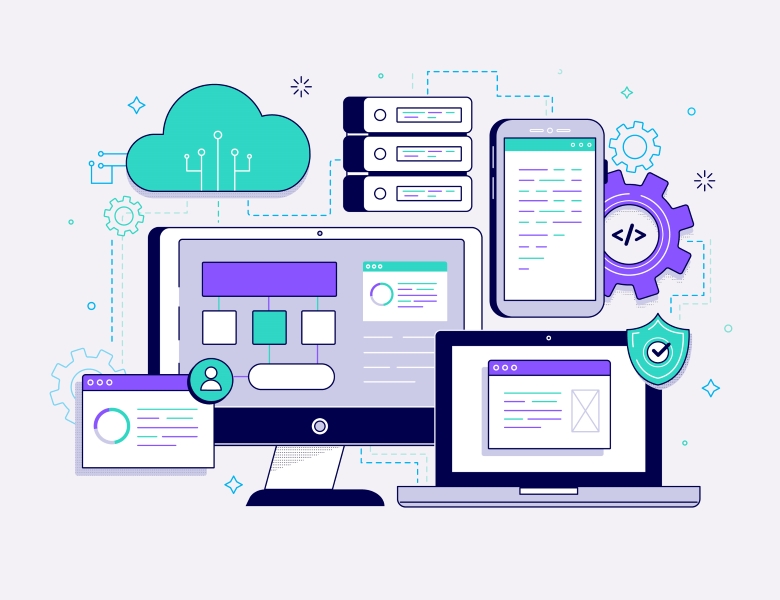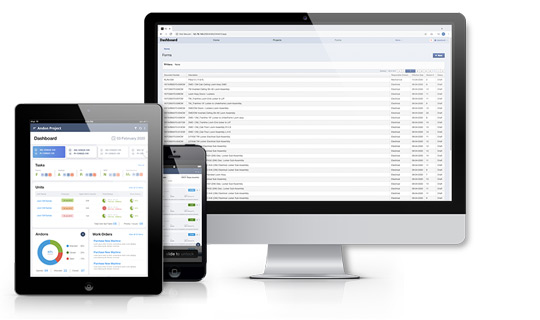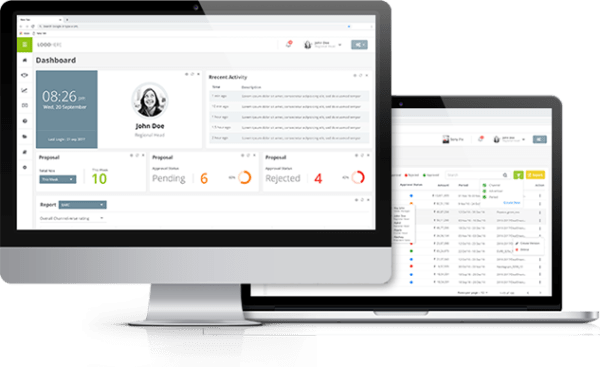Artificial Intelligence (AI) is revolutionizing how we build and interact with web applications. One powerful framework gaining traction in this domain is LangChain, a toolkit designed to facilitate the development of applications powered by large language models (LLMs). By integrating LangChain with web applications, developers can create brilliant and interactive systems capable of performing complex tasks such as understanding natural language, automating processes, and even making predictions.
This blog explores how LangChain can be integrated with web applications and delves into its potential use cases, demonstrating how this fusion can lead to more responsive and context-aware applications.
What is LangChain?
LangChain is a Python-based framework designed to streamline the development of applications that leverage LLMs like OpenAI’s GPT, Google’s BERT, or other similar models. LangChain enables developers to orchestrate sequences of language-based tasks—referred to as “chains and build on the power of language models to perform data transformation, analysis, generation, and much more.
At its core, LangChain provides:
- Language Chains: Predefined sequences of prompts and actions that LLMs can execute.
- Integrations: Easy integration with external APIs and data sources.
- Agent Abilities: Custom agents that can perform actions beyond generating text, such as querying databases or calling APIs.
- Document Loaders: Automated ways to load and process documents in the context of LLMs.
Why Integrate LangChain with Web Applications?
Integrating LangChain with web applications allows you to introduce sophisticated language-based interactions directly within the browser or backend services. With this integration, web apps can handle complex user queries, automate workflows, extract meaningful insights from unstructured data, and even provide personalized experiences based on user context.
The benefits include:
- Enhanced User Interactions: By incorporating natural language understanding and generation capabilities, applications become more intuitive and can offer conversational interfaces.
- Automated Workflows: LangChain can automate repetitive tasks such as data entry, report generation, or customer support.
- Contextual Understanding: By analyzing and retaining contextual information, LangChain-powered applications can offer personalized responses based on user input.
- Improved Decision-Making: Applications can utilize LLMs to analyze data and provide recommendations or predictions in real-time.
Key Steps in Integrating LangChain with Web Applications
Integrating LangChain into a web application involves several steps, depending on the architecture and features required. Below is an overview of a basic integration:
- Set up LangChain in the Backend: LangChain can be set up as part of the backend, where it communicates with your web application. The application can pass data (such as user inputs or queries) to LangChain, which processes the data and returns a response.
- Design the Language Chains: Define the chains that LangChain will use. For example, for a customer support chatbot, a chain might involve retrieving user questions, querying a knowledge base, and returning relevant answers.
- Configure APIs and Integrations: If the application requires external data sources (e.g., APIs, databases), LangChain can be configured to communicate with these services.
- Front-End Integration: Build a front-end interface where users can interact with the application. This could involve chat interfaces, input fields for queries, or form-based interactions.
- Deploy and Scale: Once the application is functional, it can be deployed on scalable cloud platforms, ensuring it handles large amounts of traffic efficiently.
Conclusion
The integration of LangChain with web applications opens up a world of possibilities for creating smarter, more intuitive systems that harness the power of language models. From customer support automation to personalized education platforms, the use cases are diverse and impactful. By building web-based applications powered by LangChain, businesses can deliver value by offering enhanced user experiences, automating complex tasks, and driving intelligent decision-making.













